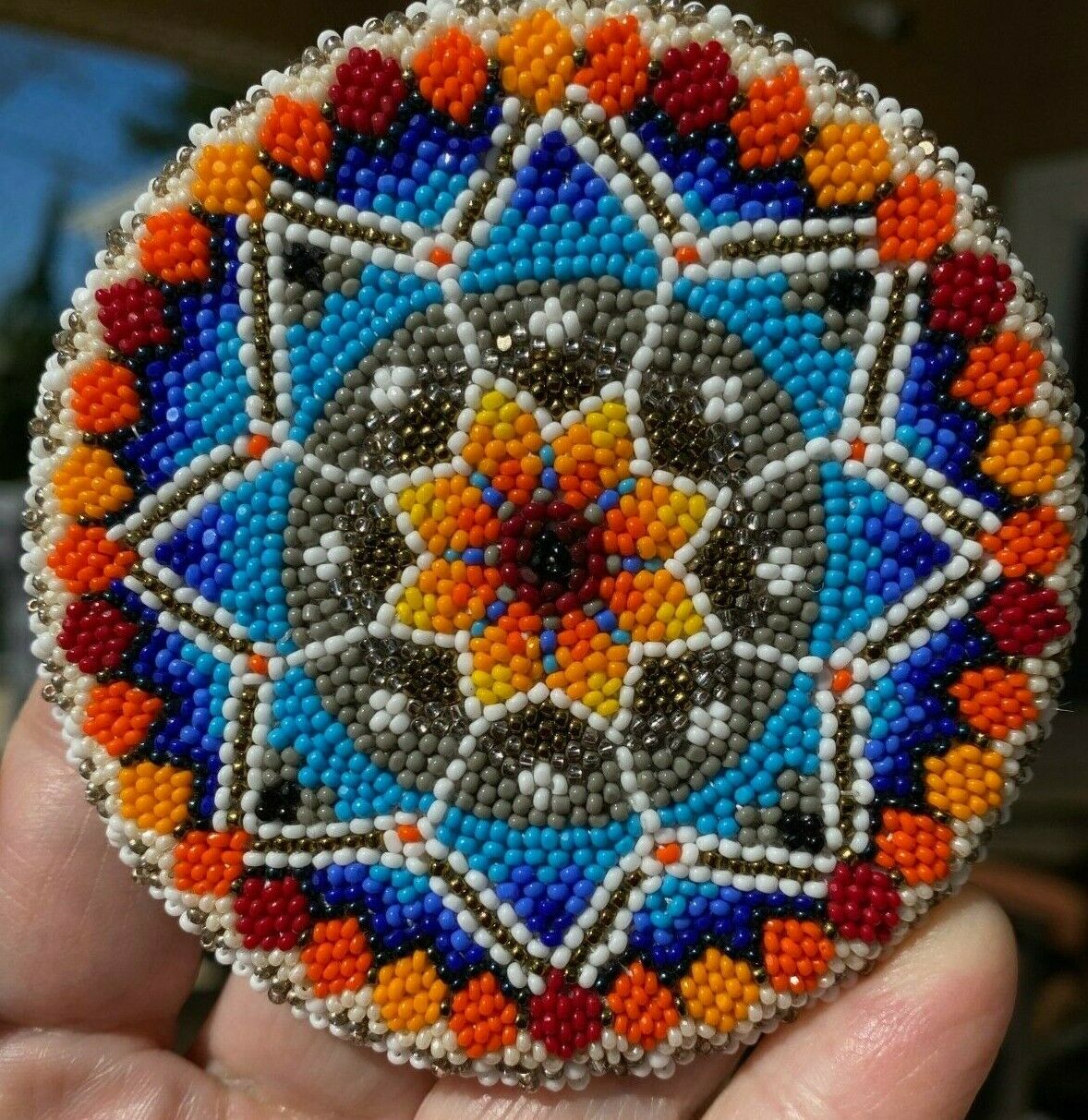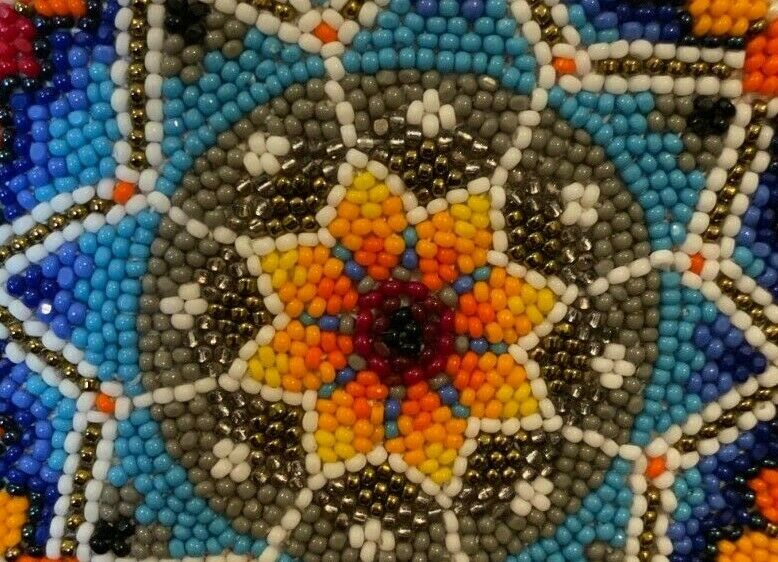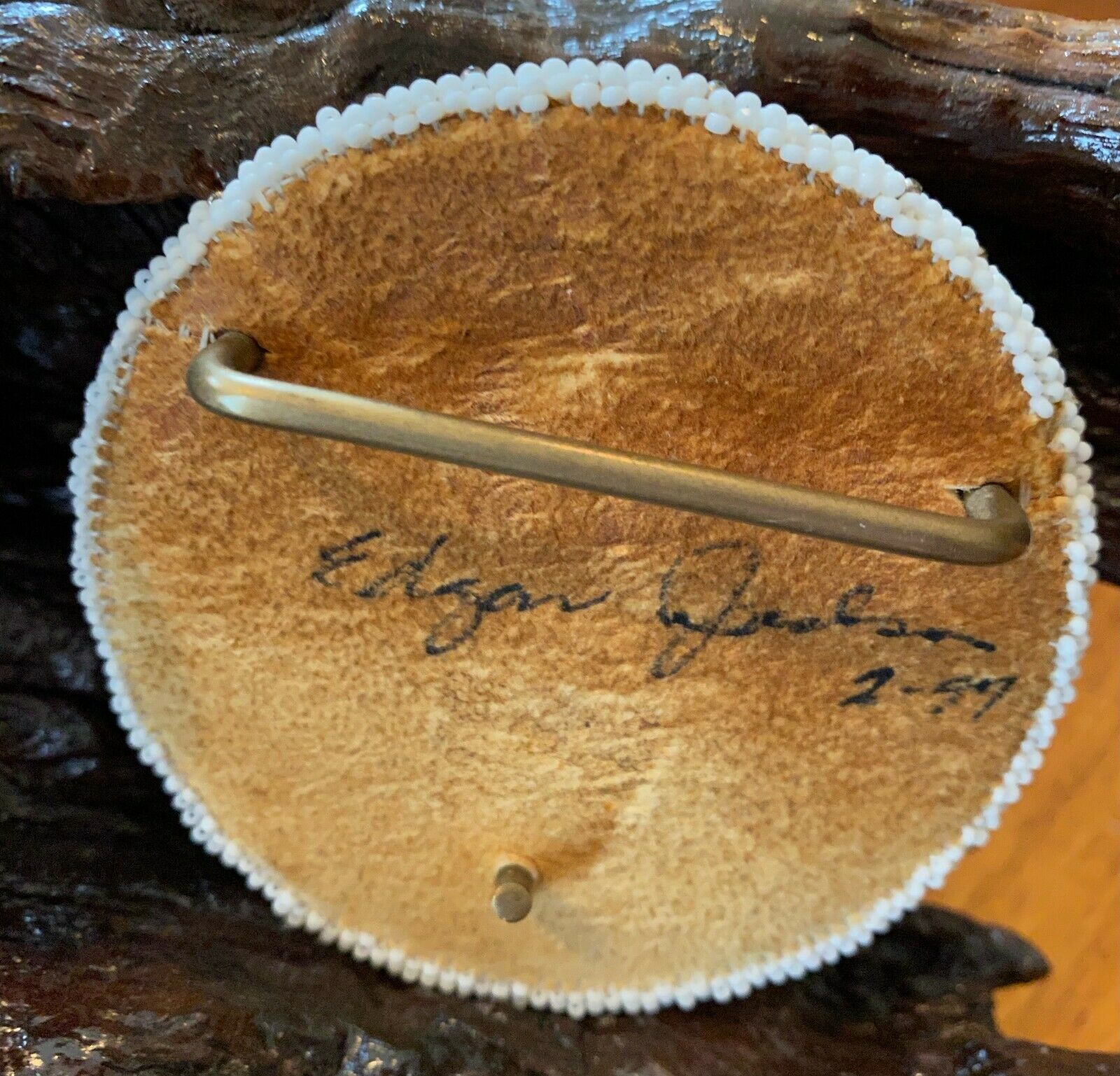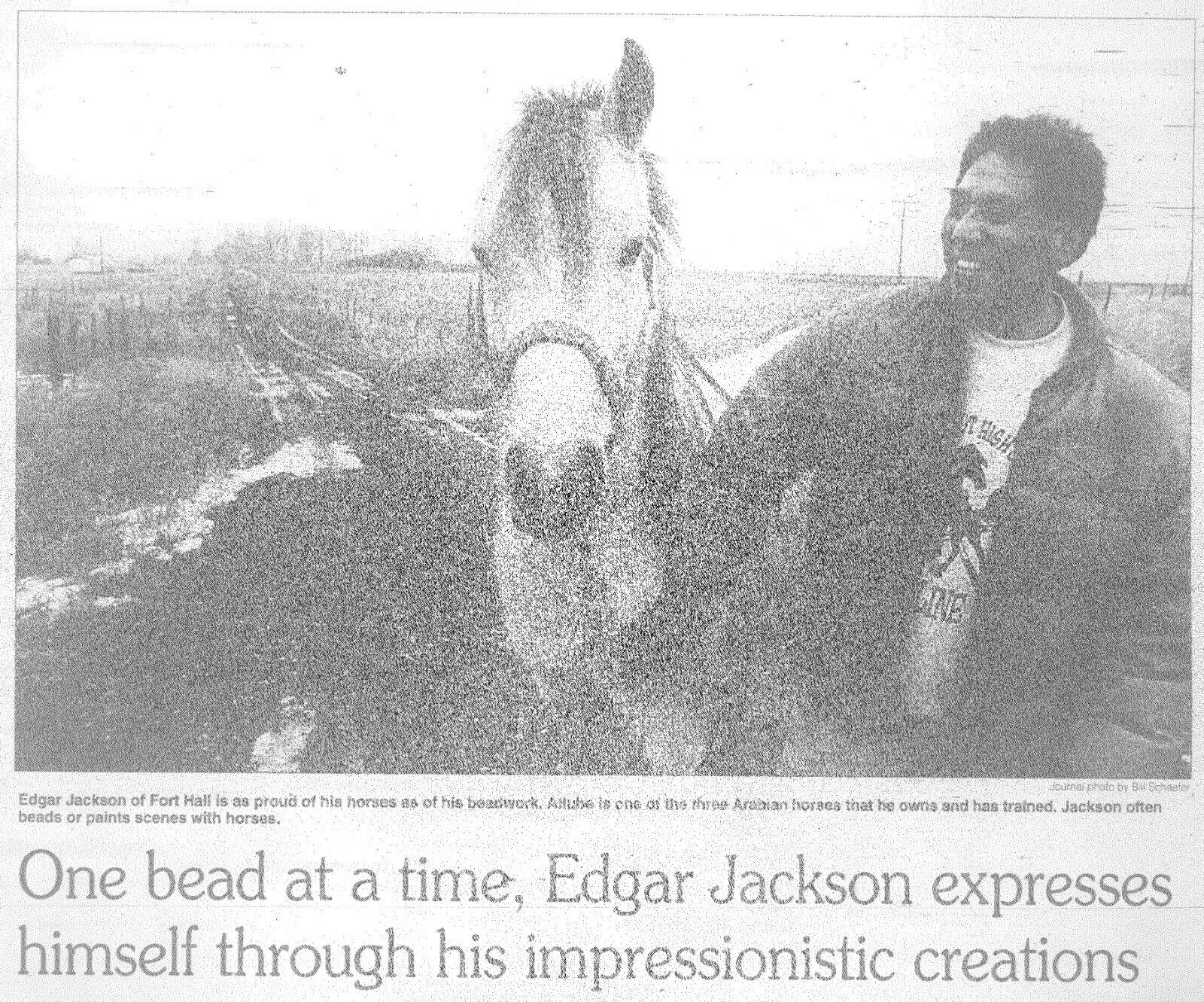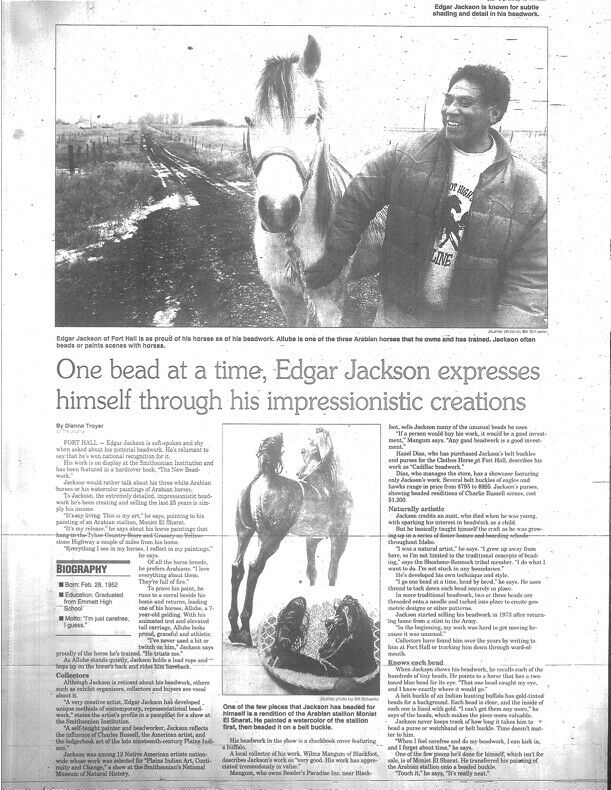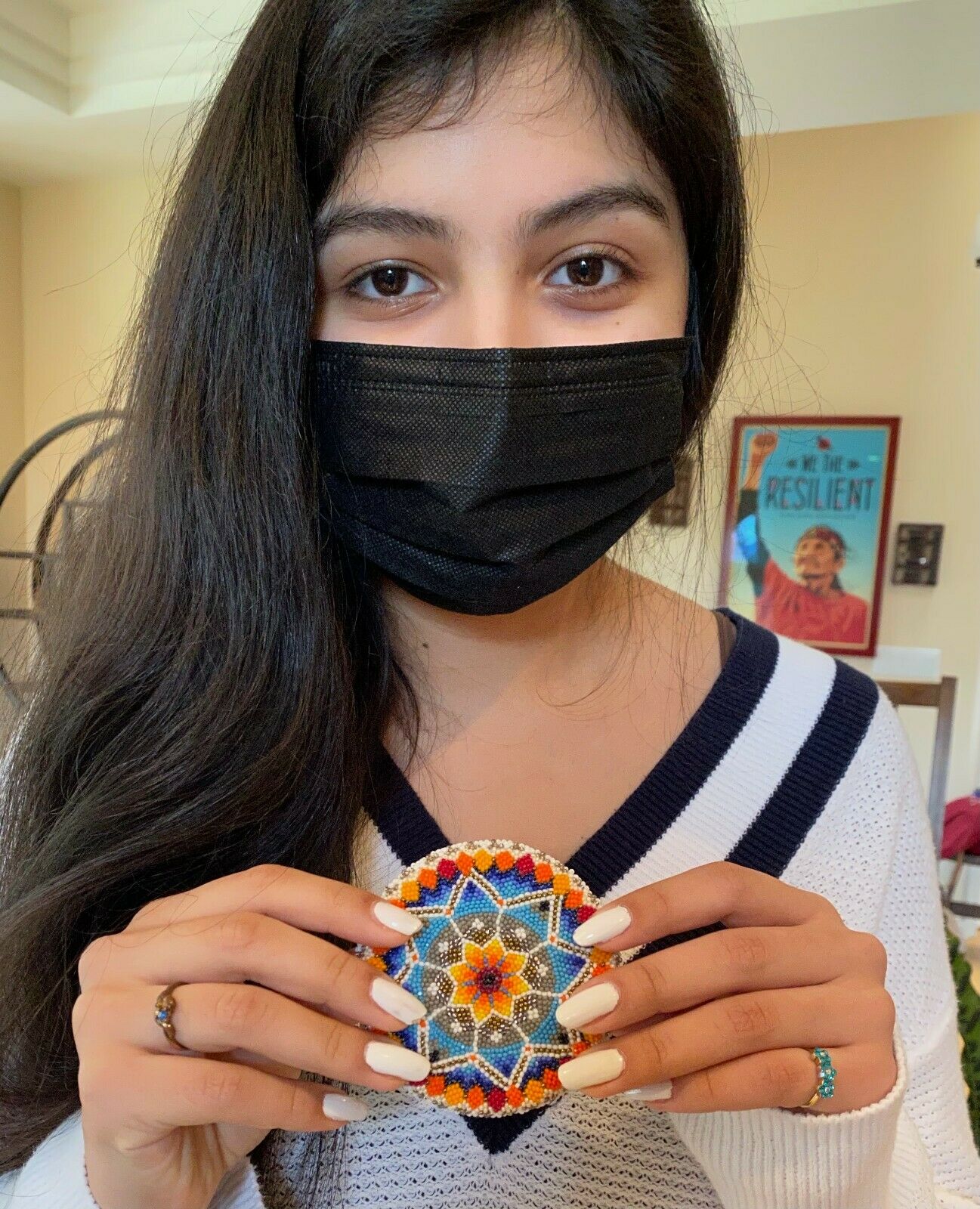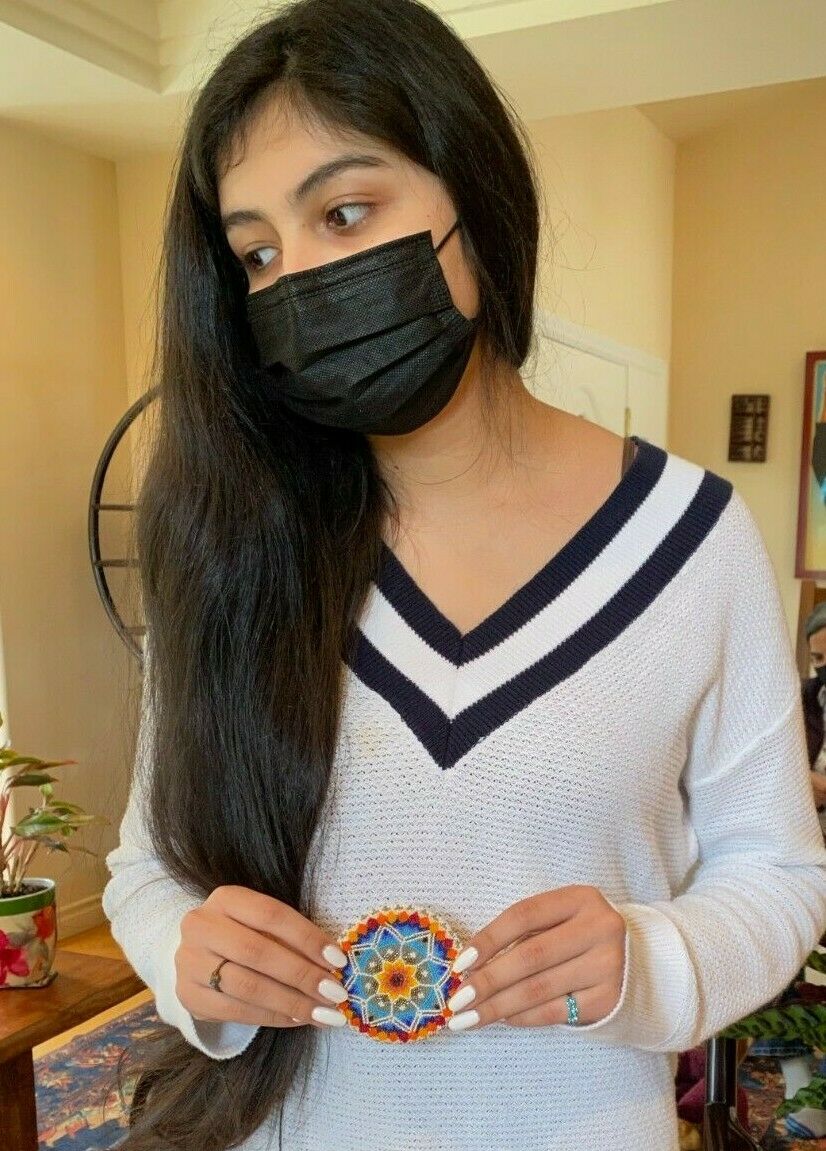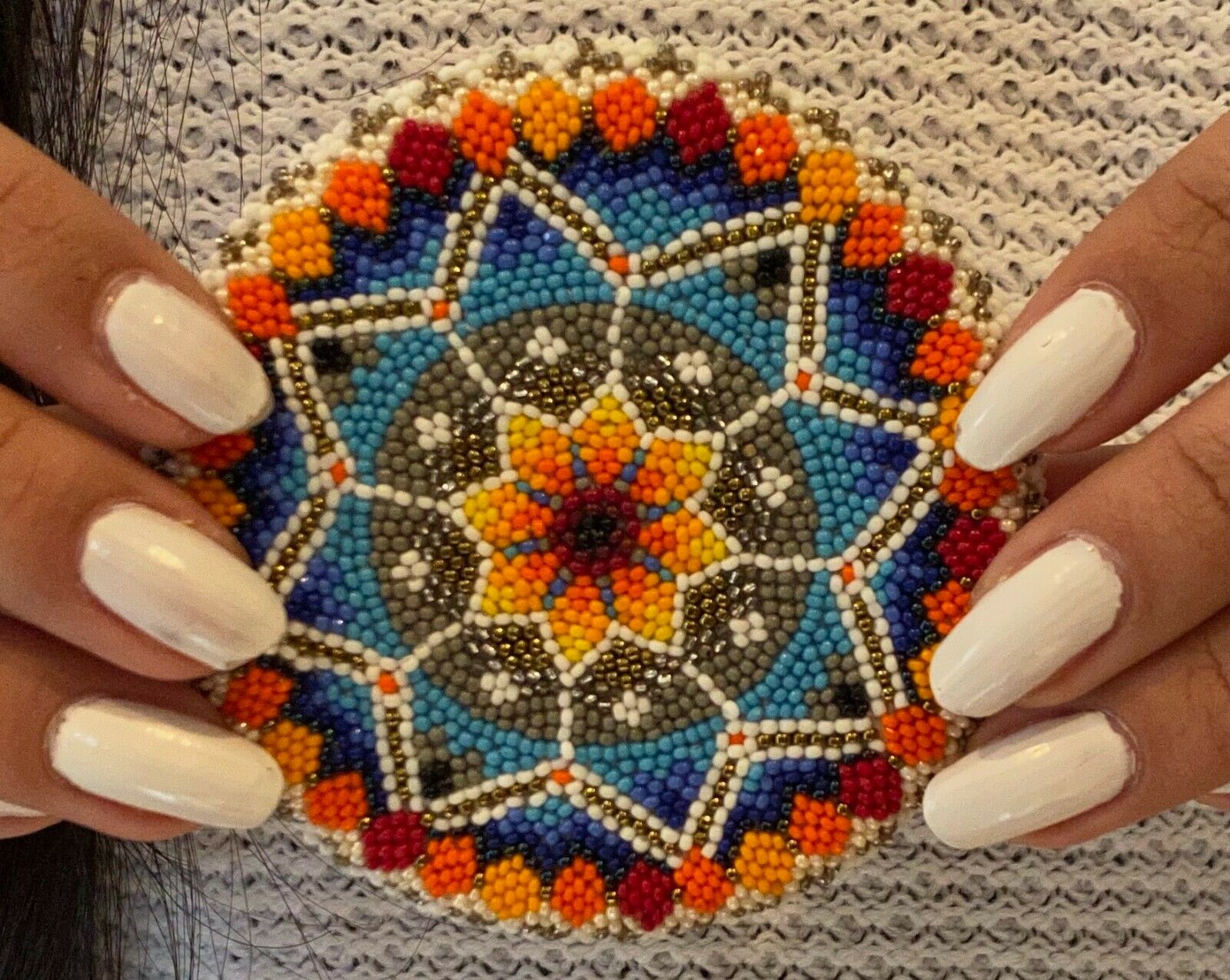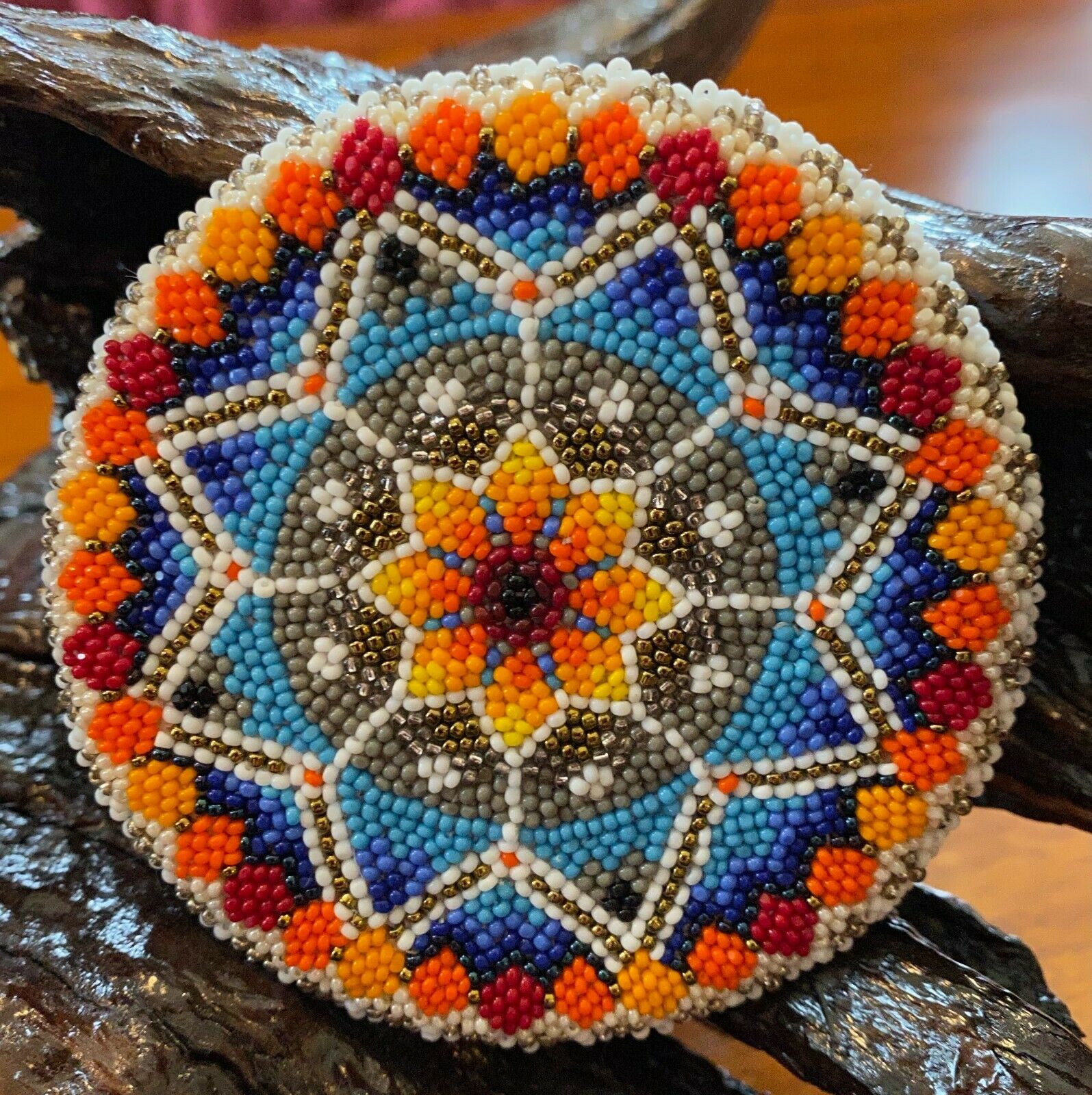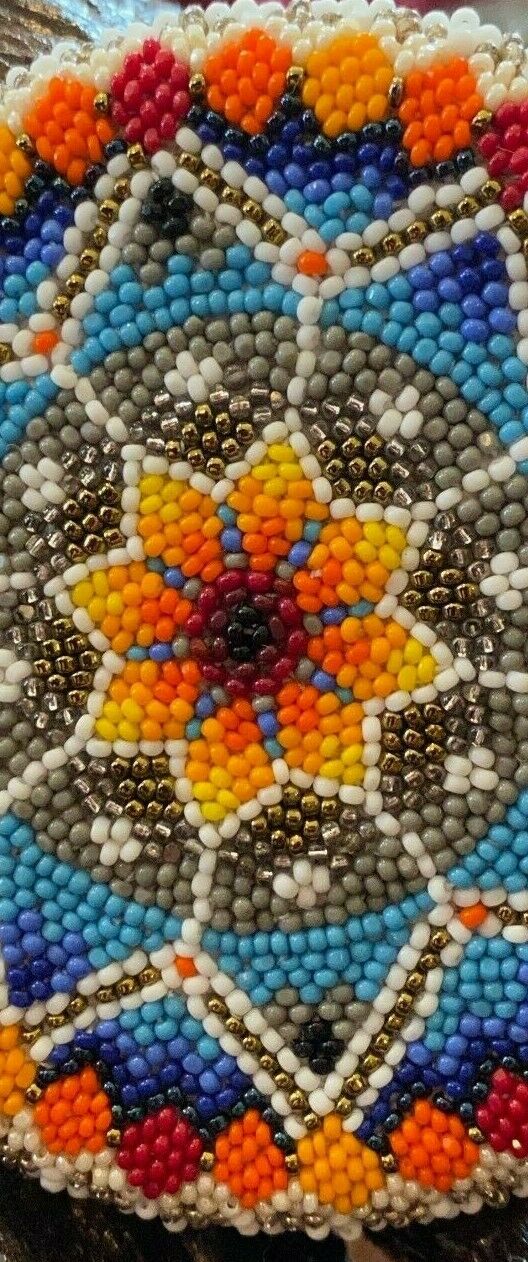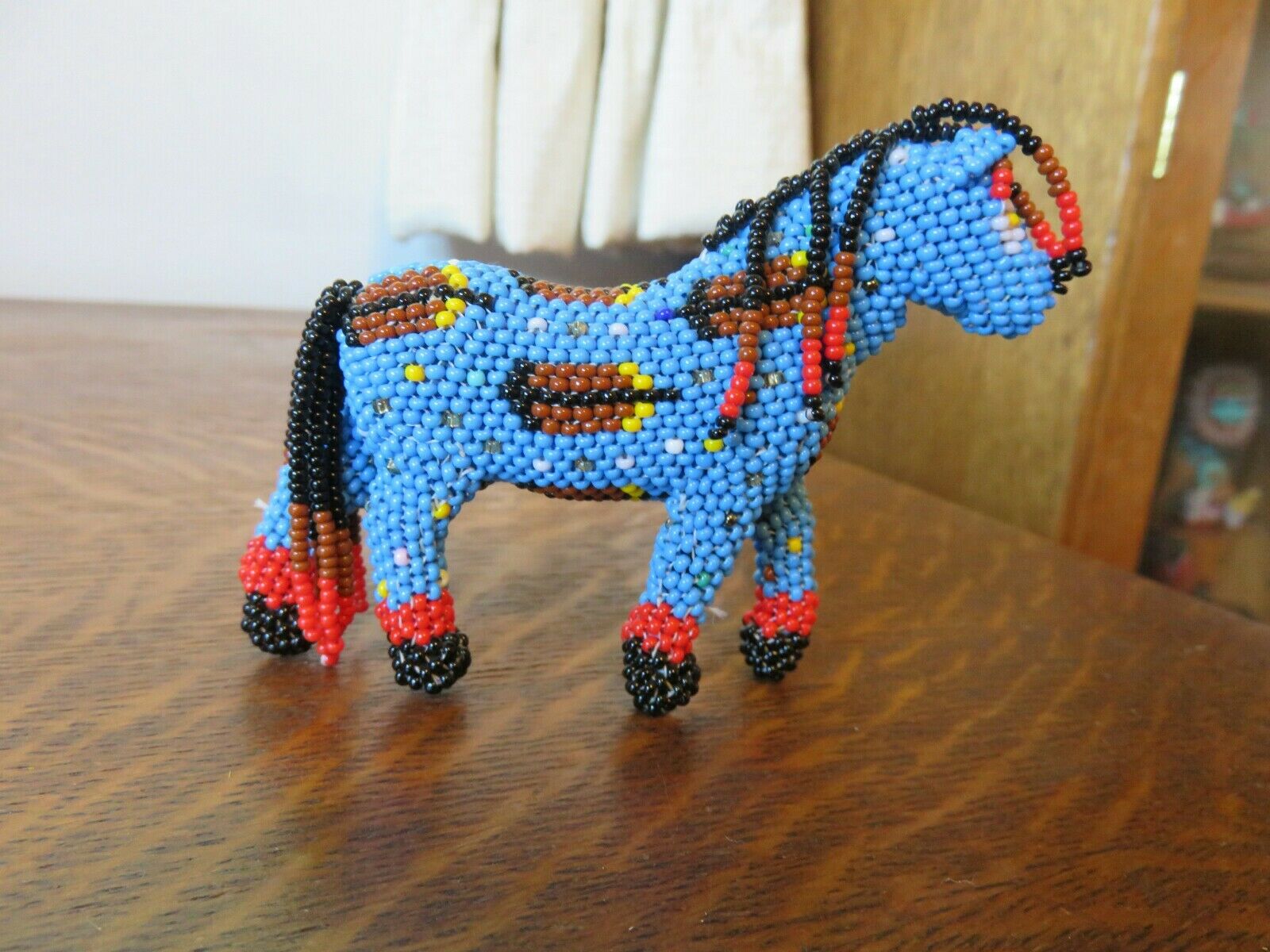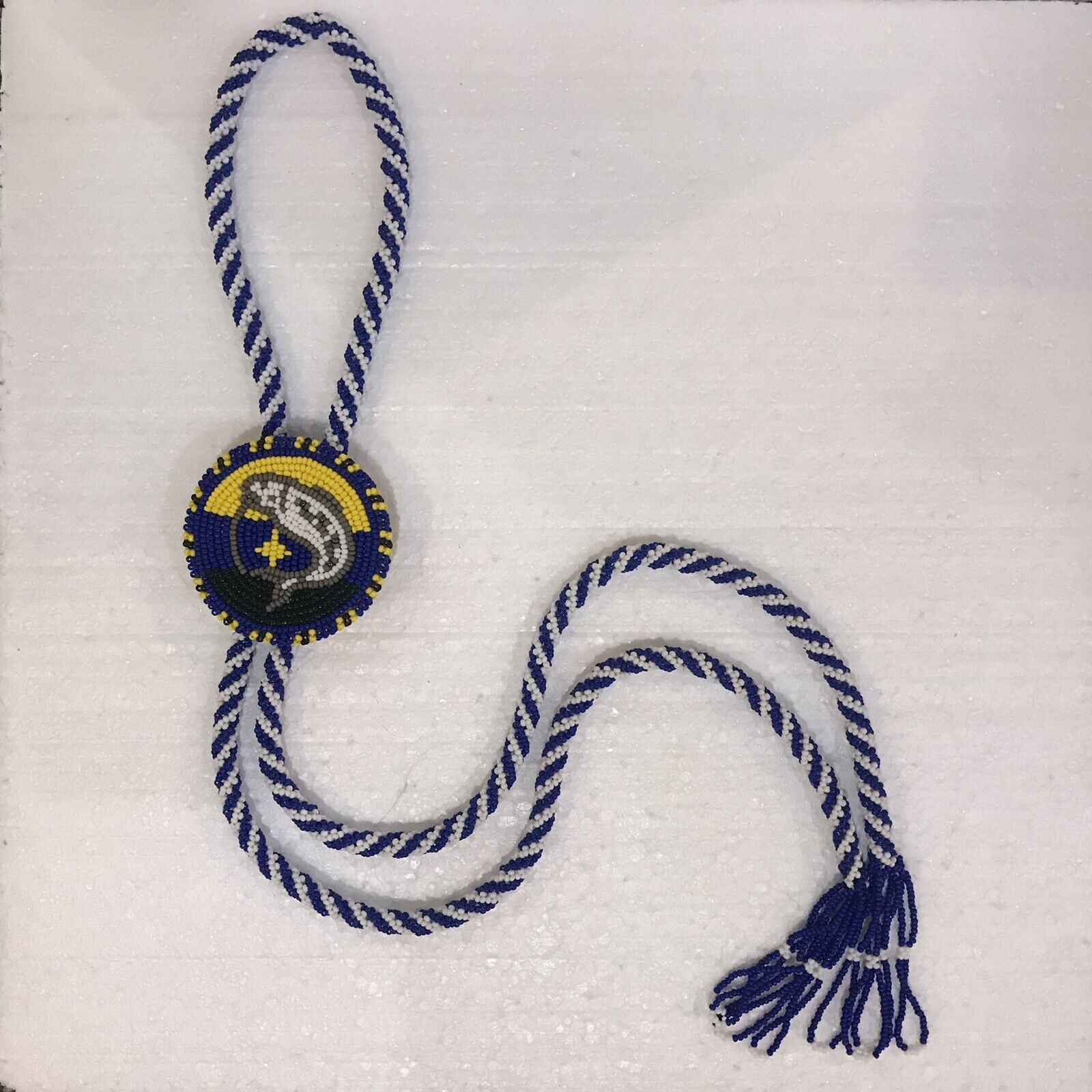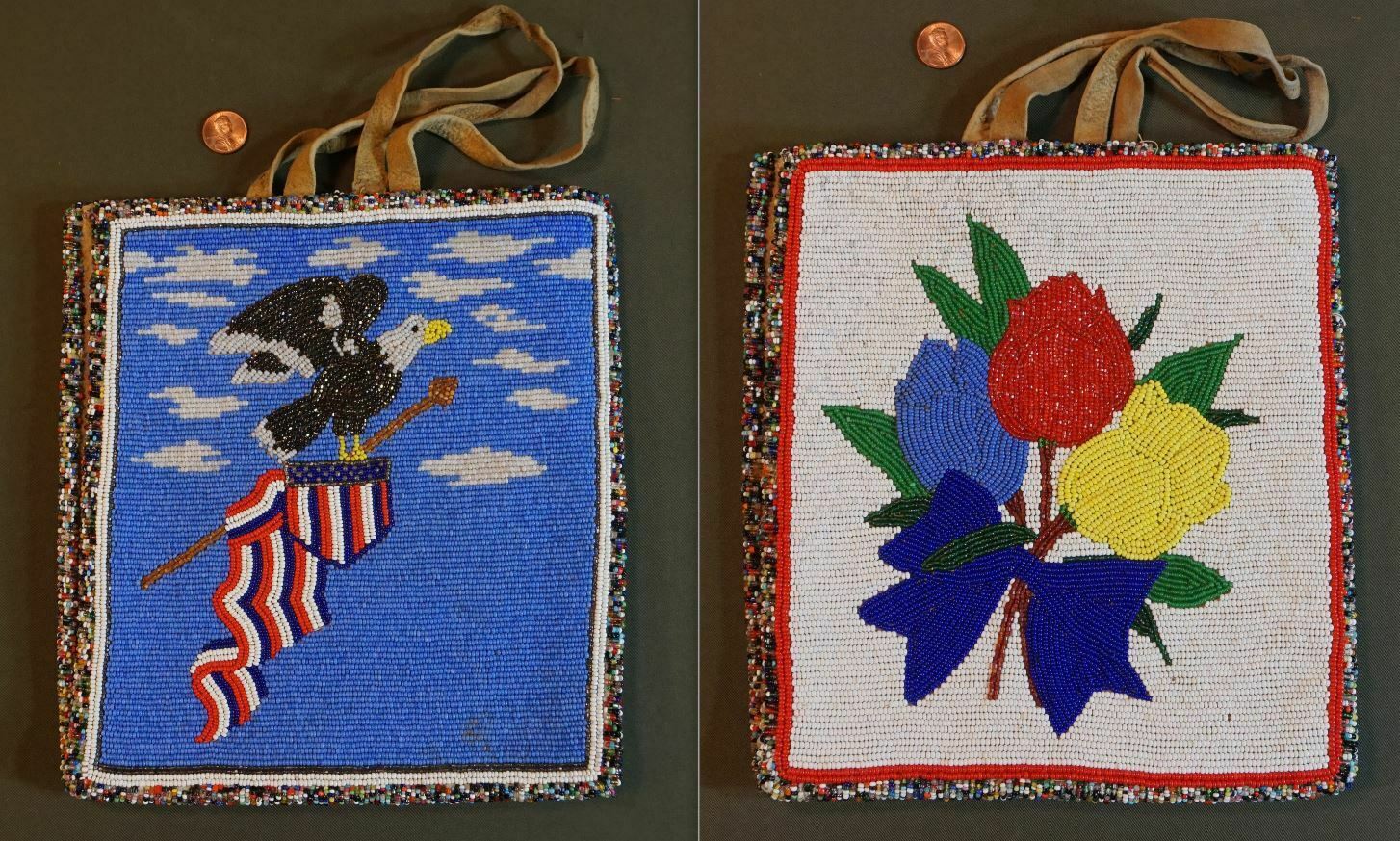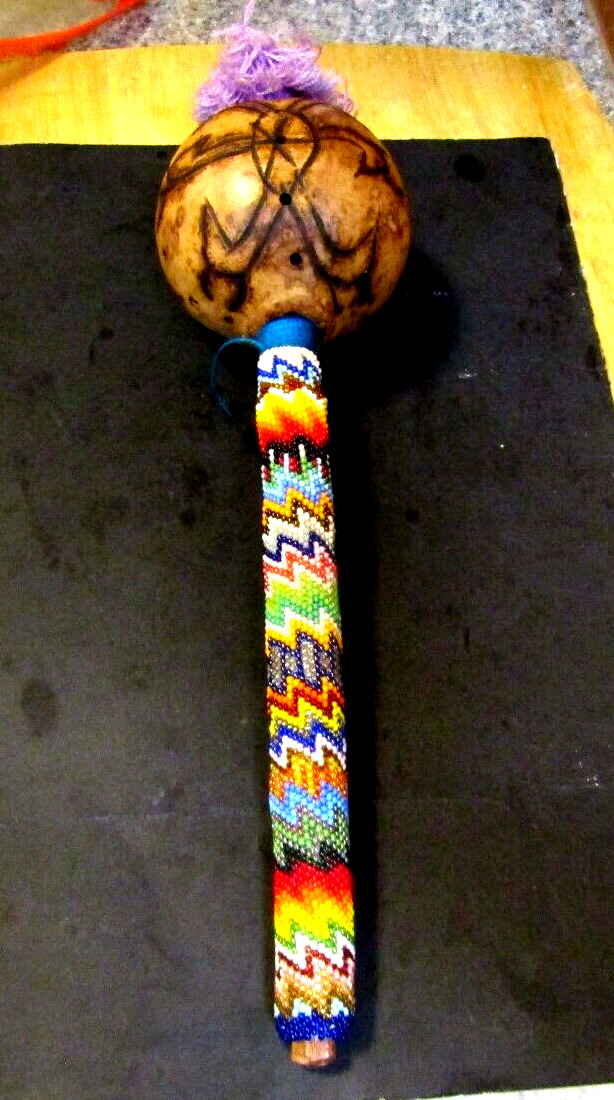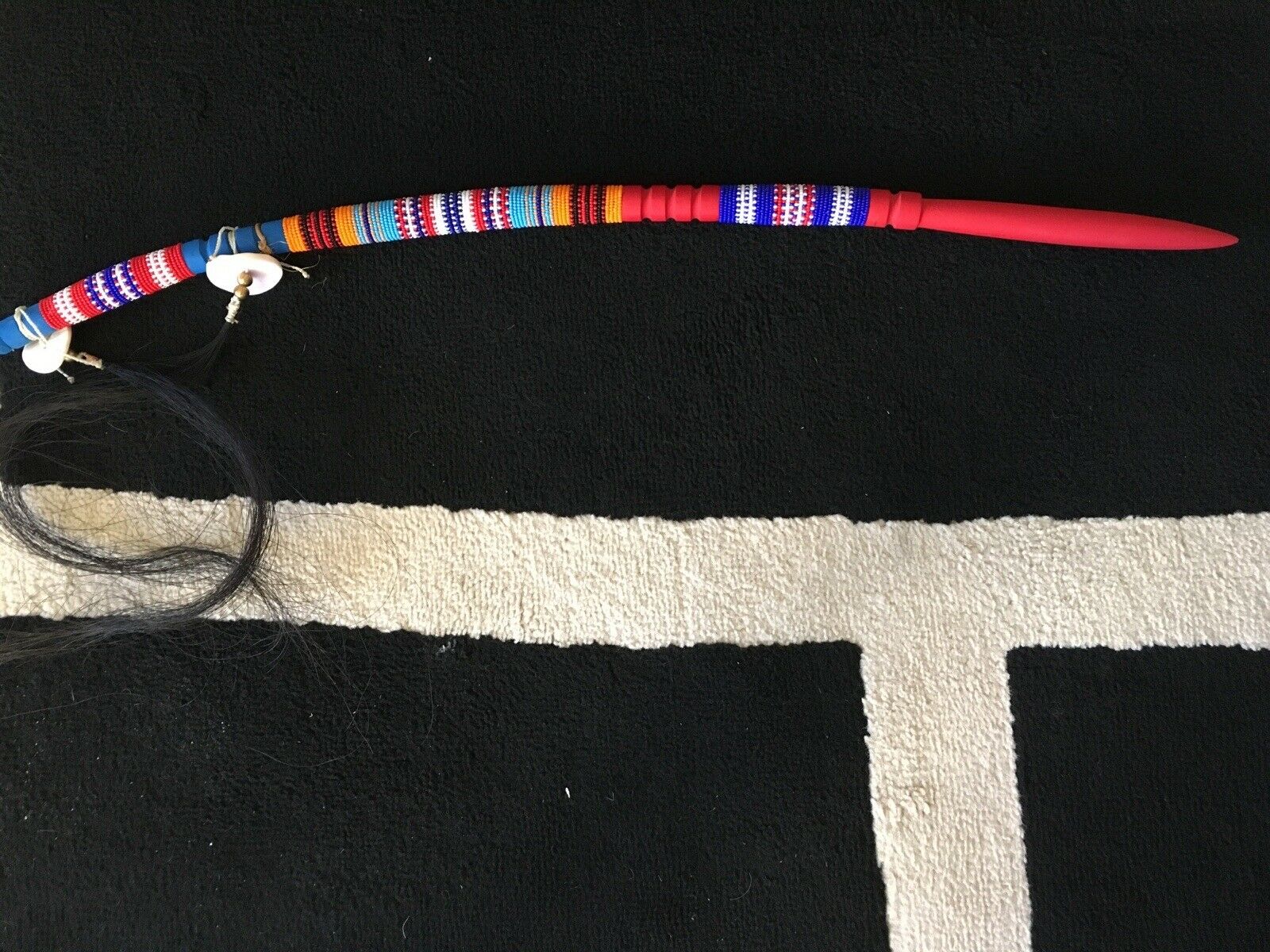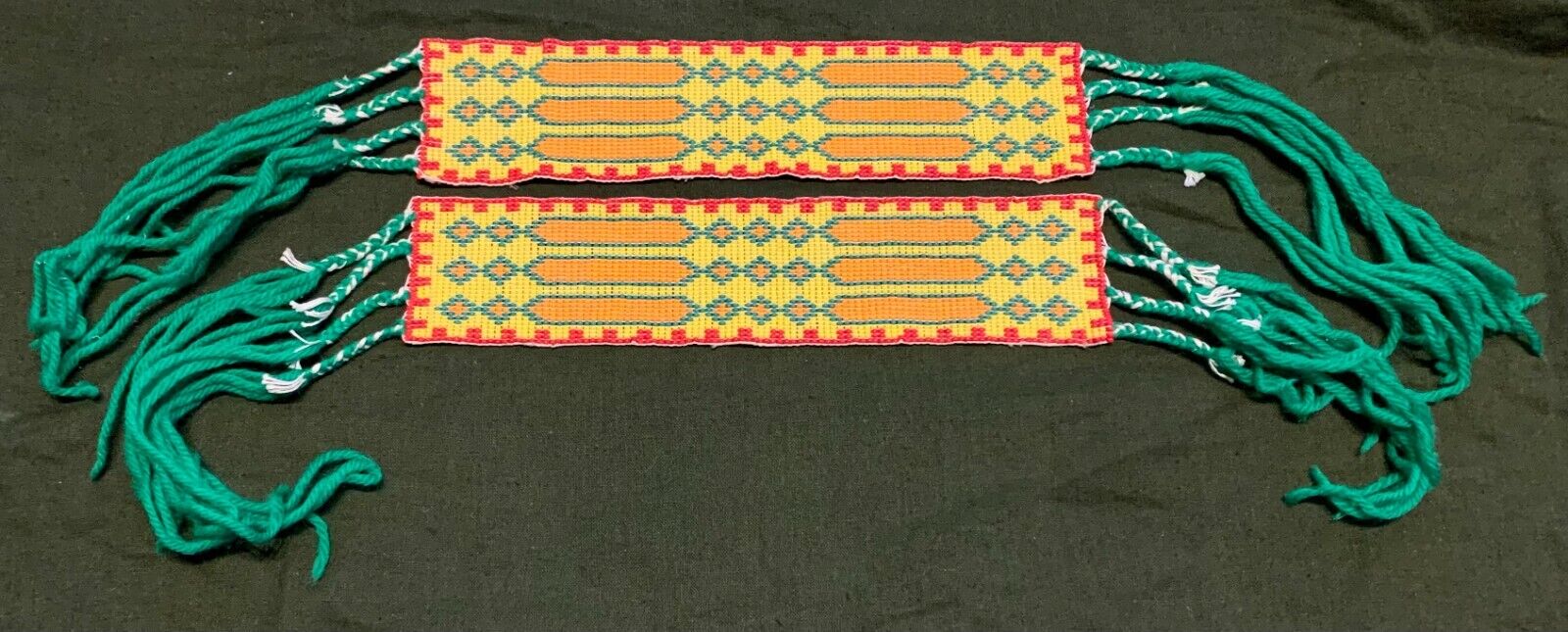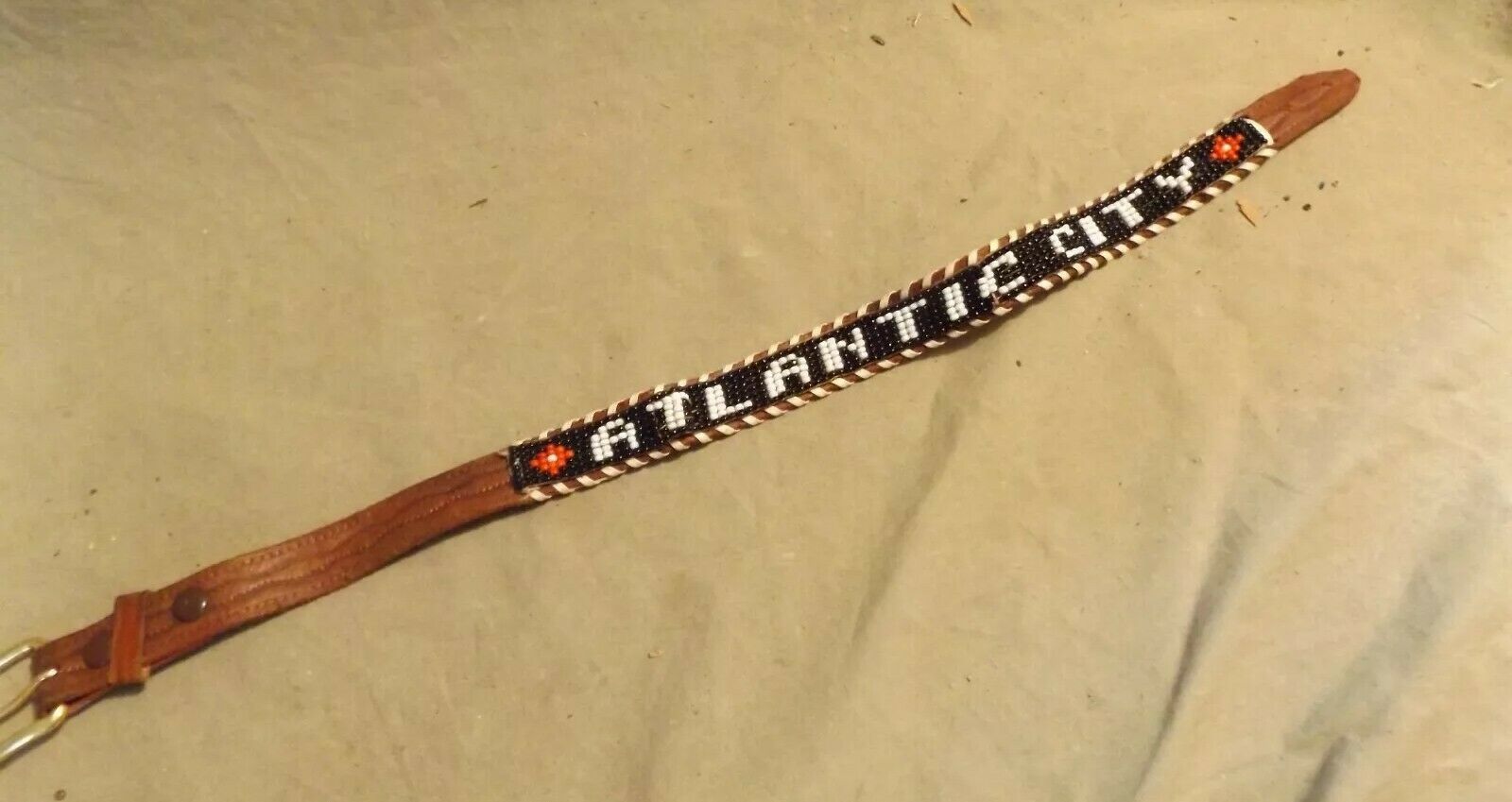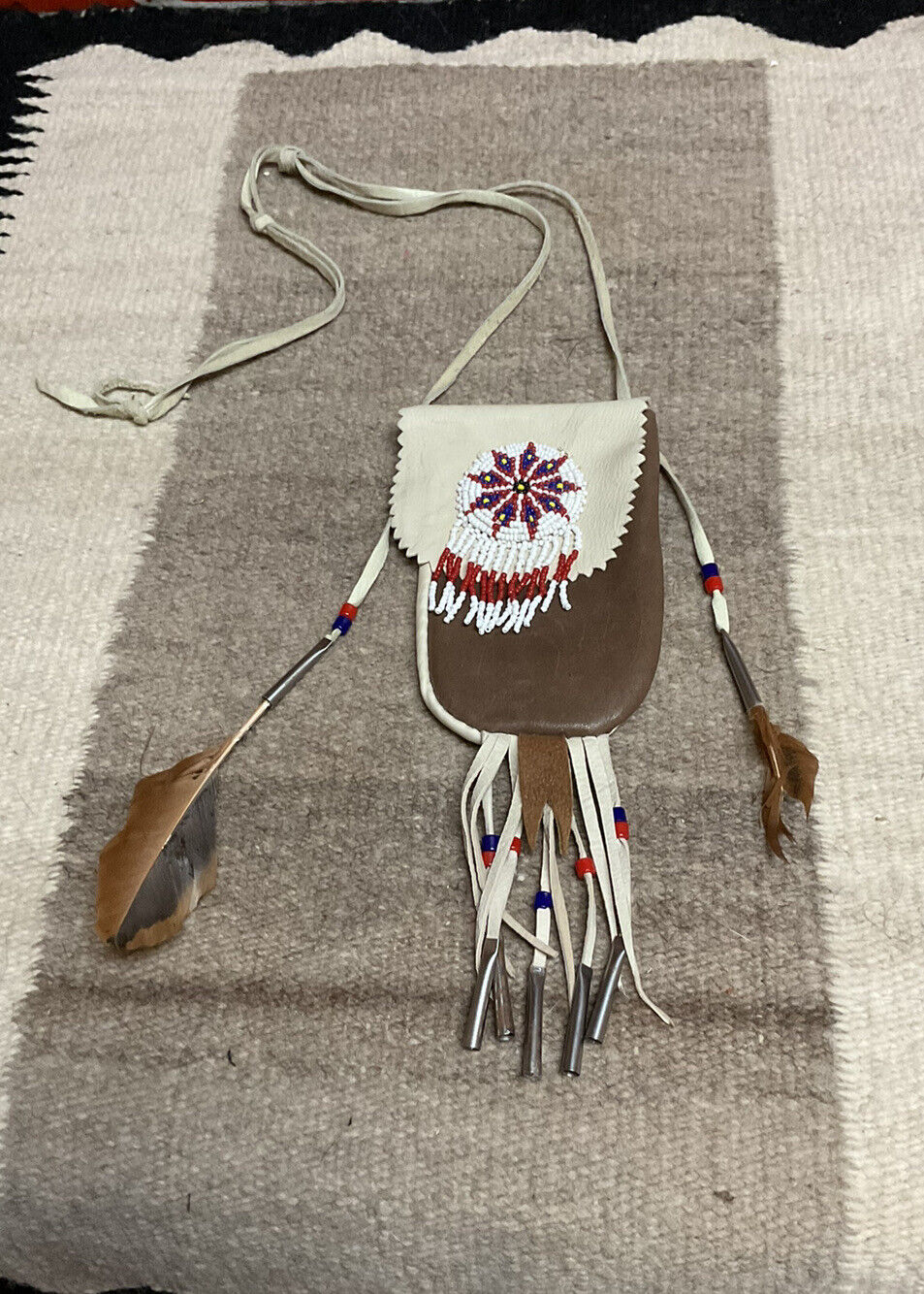-40%
Signed Vintage Native American Beaded Belt Buckle by famous artist Edgar Jackson
$ 198
- Description
- Size Guide
Description
Price reduced!!This is a rare and unique beaded belt buckle signed by Edgar Jackson, of Fort Hall, Idaho. The signed date appears to be 2/1977 (might be 2/1997, if you look carefully at the last "7" you can see their is a loop on the top of the seven).
This is a collectors piece. Unfortunately, this very talented artist died at the age of 59 in 2011. A great loss to humanity.
Mr. Jackson was one of twelve Native Americans in the United States selected to display their work at the Smithsonian Institute circa 1990's.
Edgar taught himself beadwork at a young age and was immediately recognized for his unique and detailed designs. His outstanding craftsmanship was noted throughout the United States in the 1980's and through today.
Edgar often created a painting of his Arabian horses, and then created his beaded artwork from the painting. His art was created "bead by bead" and when he saw a certain bead he knew exactly where it would go in his piece. Look closely at the bead work, and you can see that each bead was placed individually.
The last photo is of a newspaper article written about Edgar Jackson in the Pocatello Idaho State Journal in January 11,1998. The article indicates Edgars belt buckles were considered collectable at that time and could sell for around 0.00 in 1998.
This belt buckle was purchased by the ebay lister in the late 1980's and 1990's but has never worn and has been carefully stored. It is one of two that remain in this collection. It is a very rare item, as unfortunately
Edgar Jackson, this very talented artist passed away in 2011.
It takes years to learn how to create these beautiful beaded belt buckles and have each bead in the proper place.
Look closely at
other
newer beaded belt buckles and you will see the beads are larger, and not lined up like you can see on this perfectly created piece of art.
It has never been worn; so there is no wear or missing beads. The beads and thread are tight. No bead is loose. Perfect condition.
It has been kept in a safe and protected box since it was purchased in around the 1980's in Fort Hall, Idaho.
You will enjoy this piece of art and can pass it down to your family members. If taken care of, it will last for many years.
Edgar Jackson was born in 1952 and unfortunately passed in 2011.
READ about how the
artistry
of beads
‘Beads: A Universe of Meaning,’ traces the history of American Indian beads as a medium & identity for indigenous peoples
The exhibit takes us on a historical tour around Turtle Island using beaded leather garments, articles of adornment, and modern works of art dating from circa 1850 to the present. These beaded treasures show us that makers of
beadwork
have sustained traditions, engaged with popular culture, while developing a uniquely native art form.
Beadwork has a long extensive history with various regional traditions among all Native American nations and communities. What we now consider as a contemporary decorative art form, had its beginnings with trade beads in the mid-16th century with the Spaniards in New Mexico and then everywhere across the continent where there was contact with Europeans in the 17th century.
Trade beads or imported glass beads became a popular and easy to transport trade item. The ancient tradition of bead making came first among all indigenous peoples in the Americas and then glass beads revolutionized design work as contact altered many aspects of native culture. Beads were carried along ancient trade routes before the Europeans arrived and then preceded them into the interior. On the native side, since 1608 in Quebec, the fur trade has involved trade goods, metal tools and especially American Indian beads.
Read about the Fort Hall Reservation near Blackfoot, Idaho (
The Fort Hall Reservation
The Fort Hall Reservation was set apart for the regional Bannock Native Americans in 1869 with 600 Bannock souls, in addition to a large number of Shoshone, consented to remain on it. However, most of them soon wandered away. By 1878, with the loss of their traditional hunting lands, the dramatic reduction in the number of buffalo, and the failure of the government to provide assistance, the Bannock, led by Chief Buffalo Horn and joined by the Northern Paiute Indians, began to raid white settlements in search of food. This soon led to what is known as the
Bannock War
when the U.S. Cavalry, under General Oliver Otis Howard, was sent in to crush the Bannock. The cavalry won two battles against the Indians in southern Idaho before killing some 140 Bannock men, women and children at Charles’ Ford,
Wyoming
. Afterward, the remaining Indians gave up and returned to the reservation.
By 1885, the Bannock at Fort Hall were said to number 422 and by 1901, 513. However, by this time, they were so intermixed with the Shoshone, that no attempt was made to count them separately.
Between the original treaty of 1868 and 1932, the reservation set aside for the Bannock and Shoshone was reduced more than two-thirds, from 1.8 million acres to 544,000 acres, due to white settlers encroaching upon the land.
Fort Hall, Idaho, 1849
Today, many of the Bannock still live on the Fort Hall Indian Reservation in southeastern Idaho, along with the Lemhi and Northern Shoshone Indians. The tribal government offices and most tribal business enterprises are located eight miles north of Pocatello, Idaho in Fort Hall. The reservation, nestled between the cities of Pocatello, American Falls, and Blackfoot, is divided into five districts:
Fort Hall
, Lincoln Creek, Ross Fork, Gibson and Bannock Creek. More than 70 percent of the tribes’ approximately 5,300 enrolled tribal members still reside on the reservation and 96% of the land still remains in tribal and individual Indian ownership.
The reservation employs nearly 1,000 Native and non-Native people in various trades, including nearly 600 in tribal government, as well as more in individual enterprises and more gaming. Its tribal government is focused on building the tribes’ economy and ensuring the protection and enhancement of the reservation land base for future generations.
The ruins of the fort are located on the reservation. The community of Fort Hall, along Interstate 15, is the largest population center on the reservation.
For more
information
on the history of the Shoshone Bannock tribe go to:
https://wheelwright.org/about/history/
*
We offer a
14 Day Refund No Questions Asked Policy
.
We will give you a full refund of your purchase price after the item has been returned and assessed to be in the same condition as the day it was sold. As the buyer, you assume the responsibility for insurance, delivery and/or signature confirmation to provide a tracking number to insure the safe return of the item.
Please look at the photos and description and ask any questions you may have before your purchase.
Multi Colored Seed Bead Flower
Soft Deer Skin Back
American Indian Shoshone Tribes
